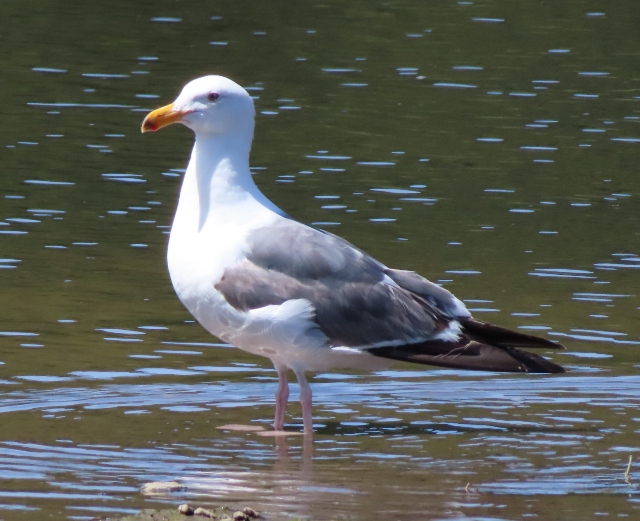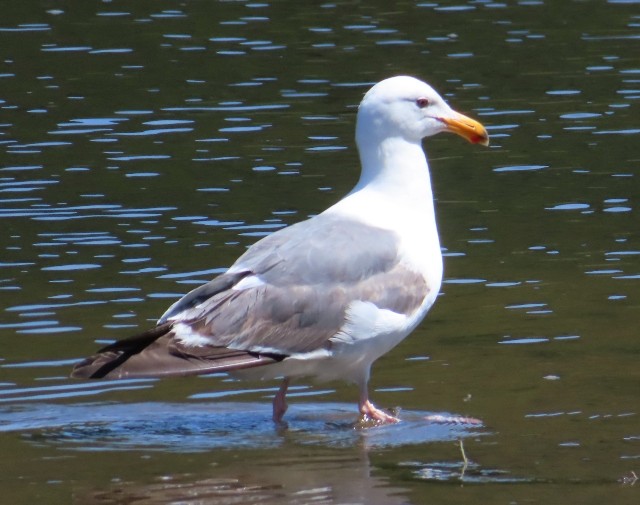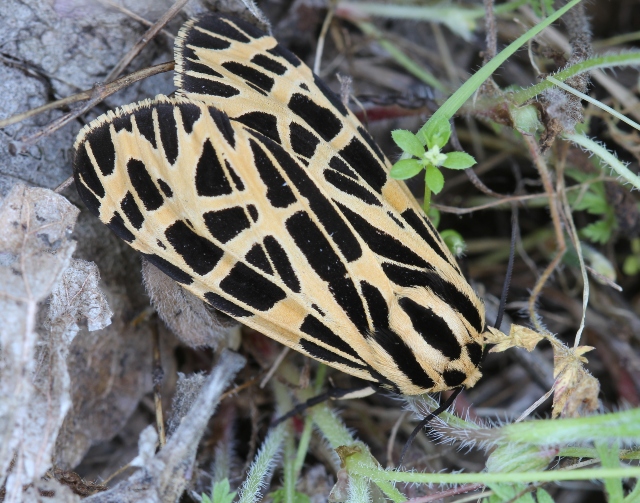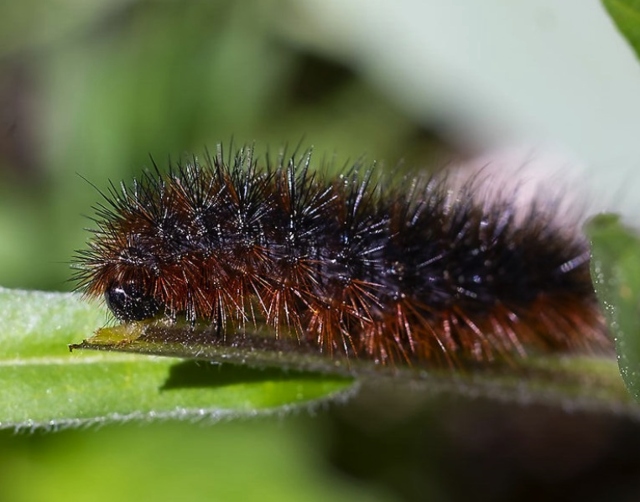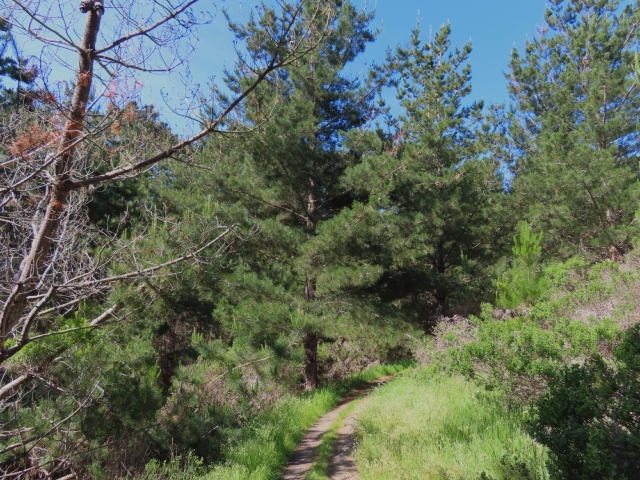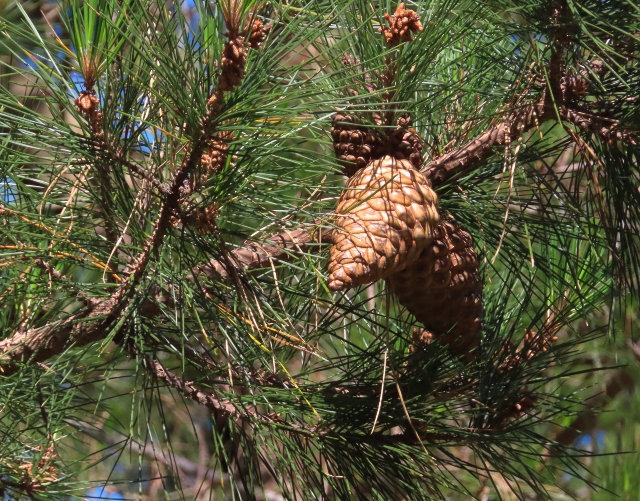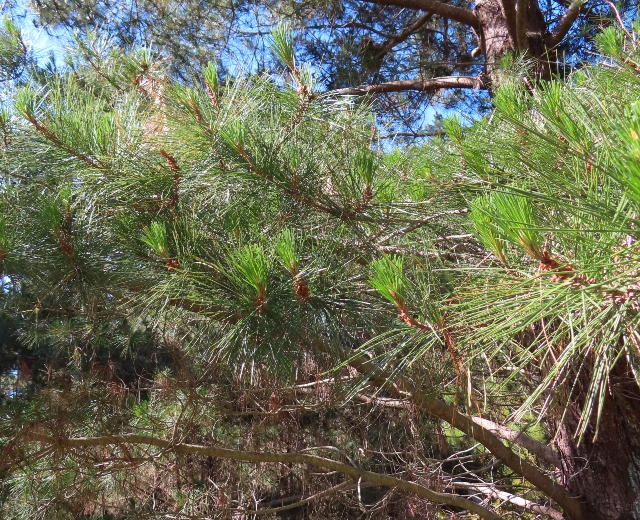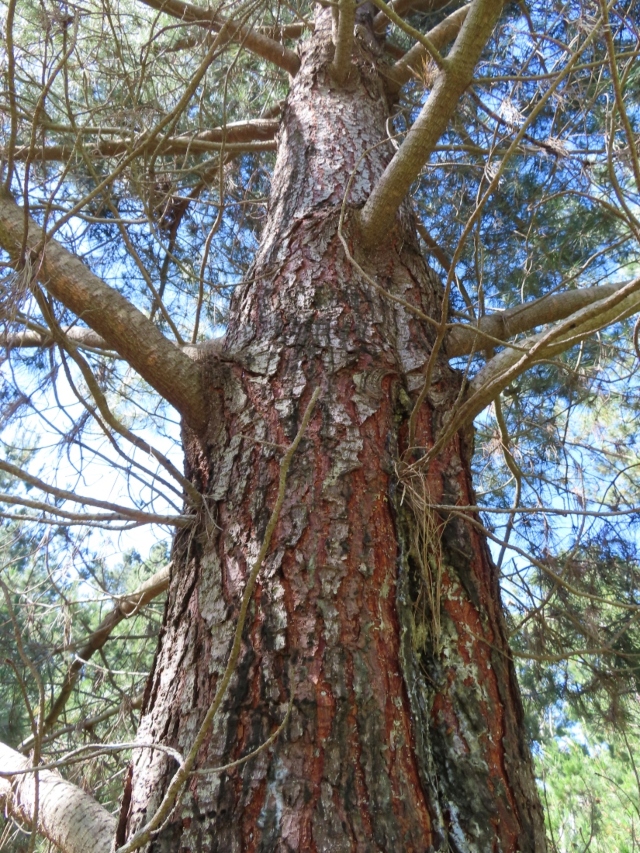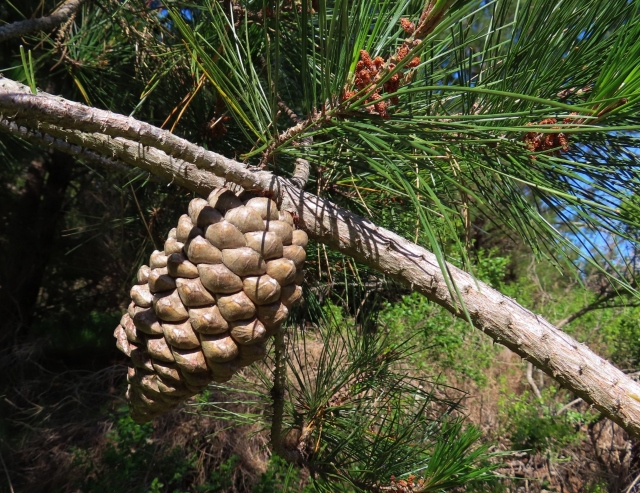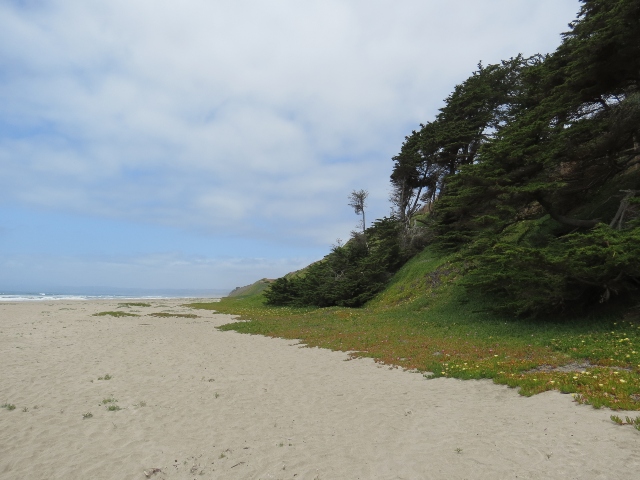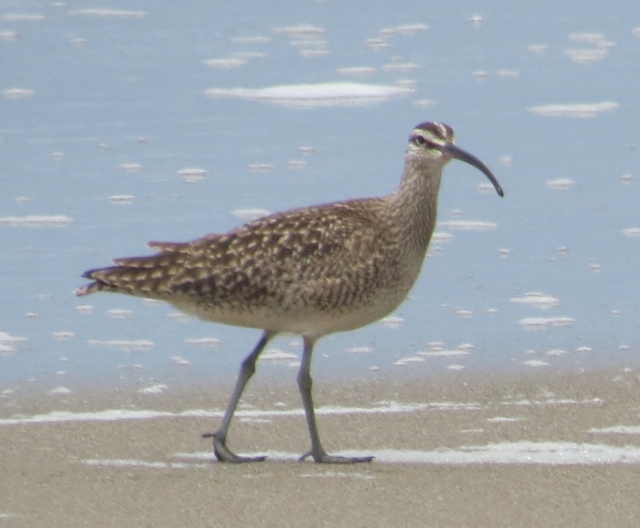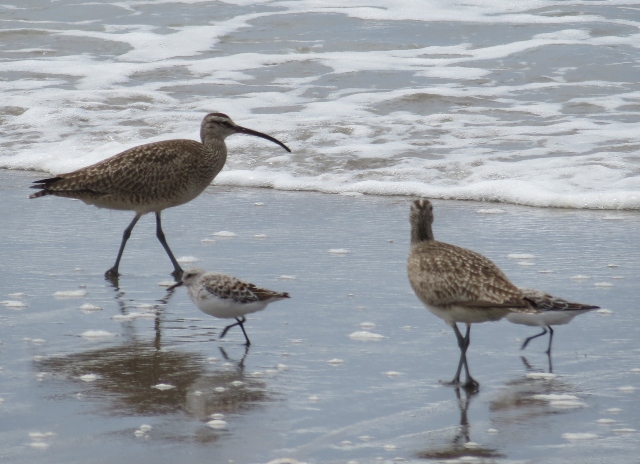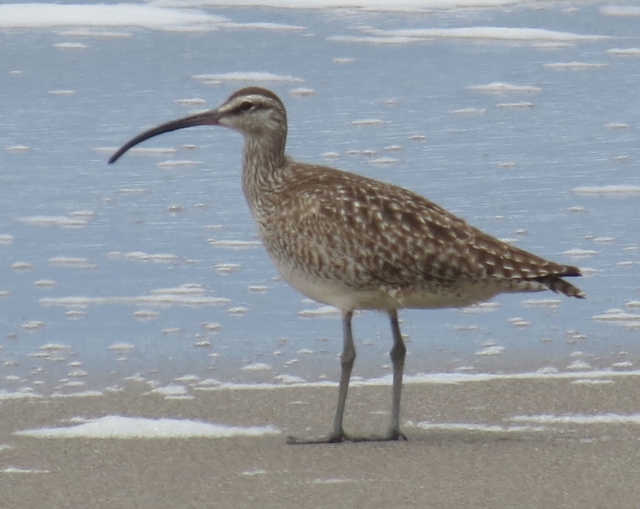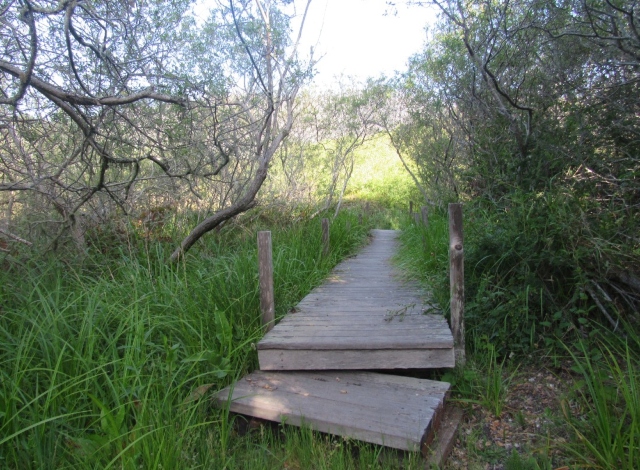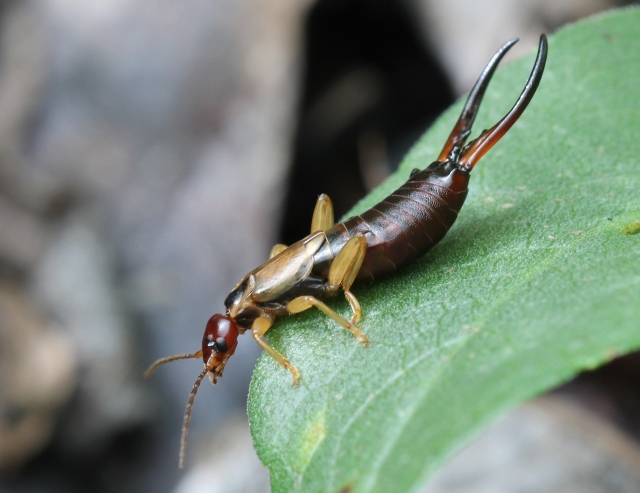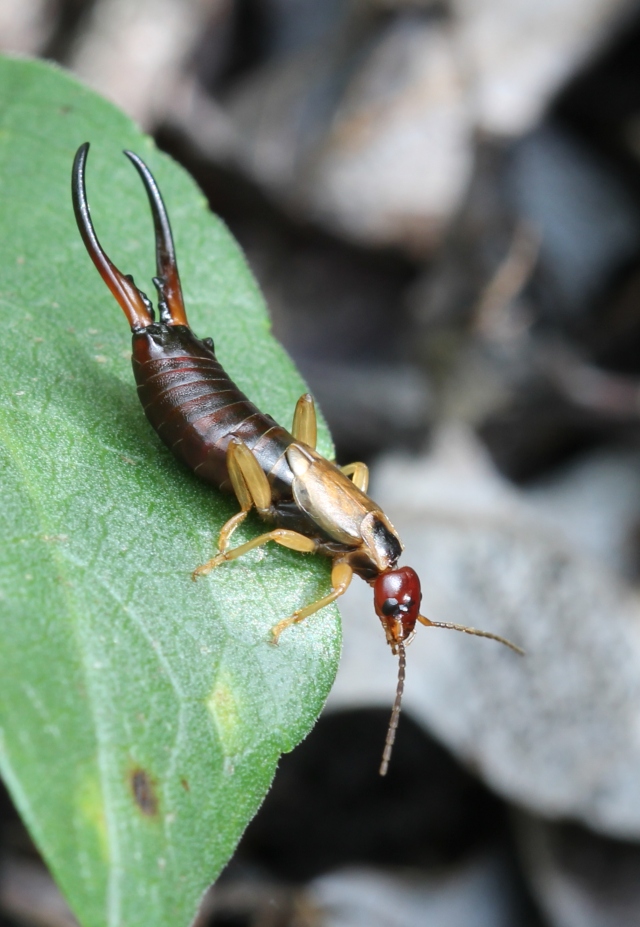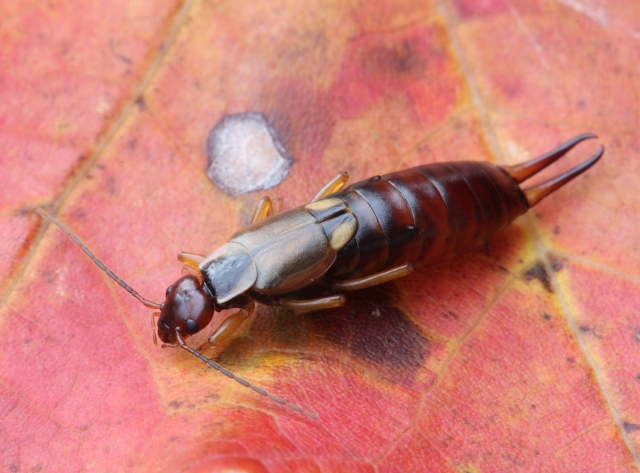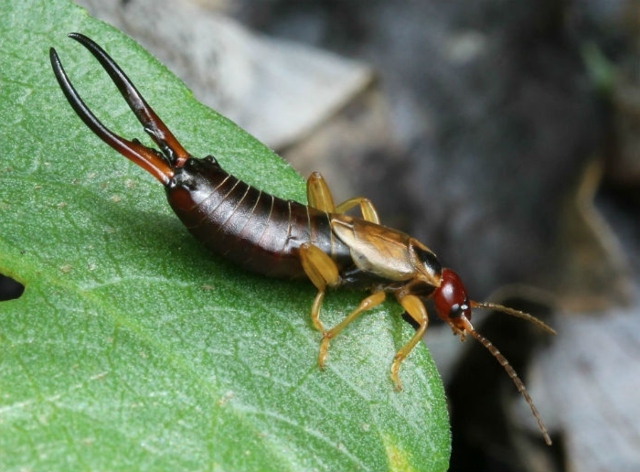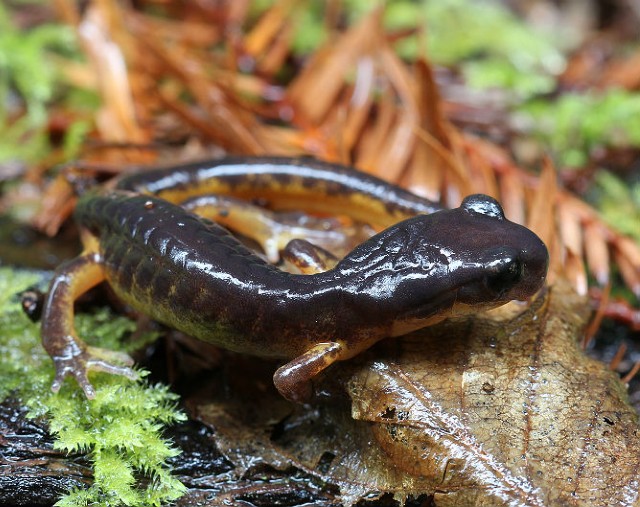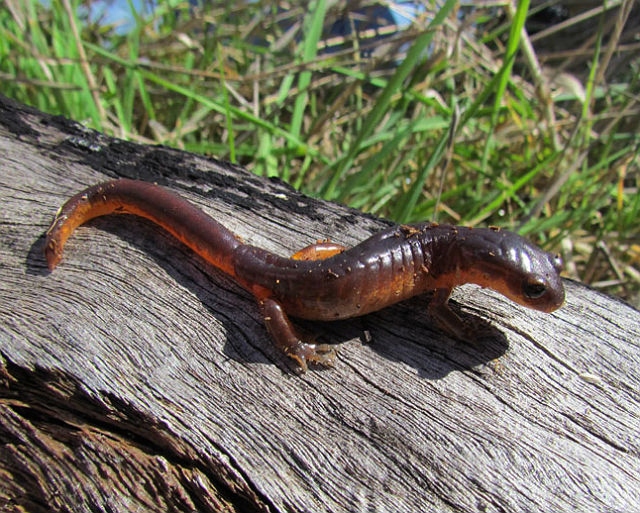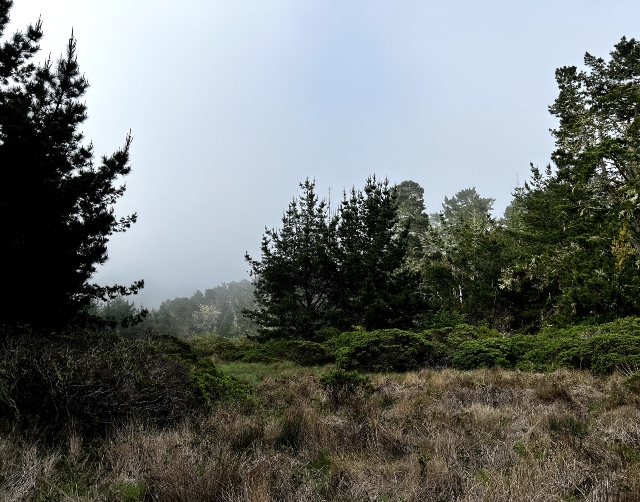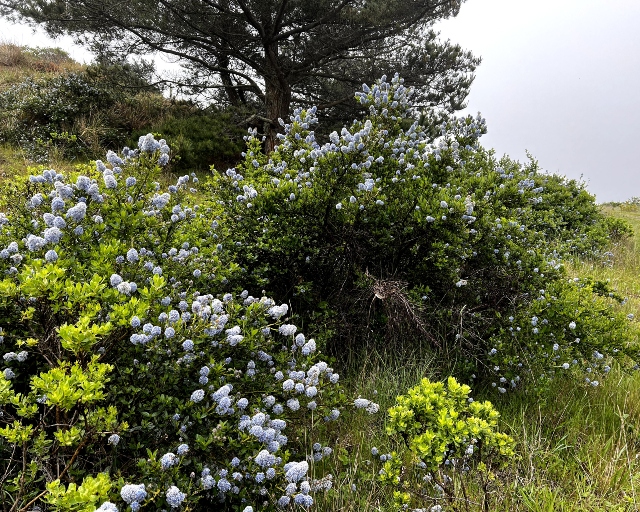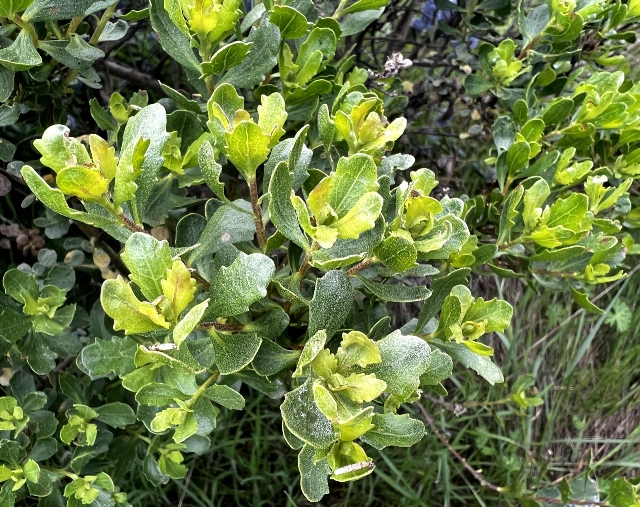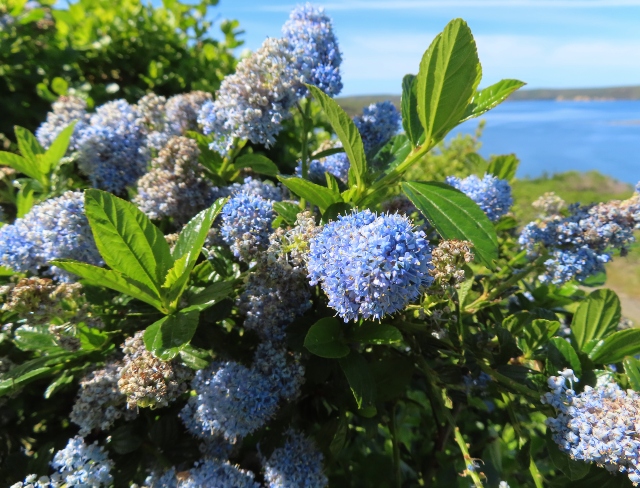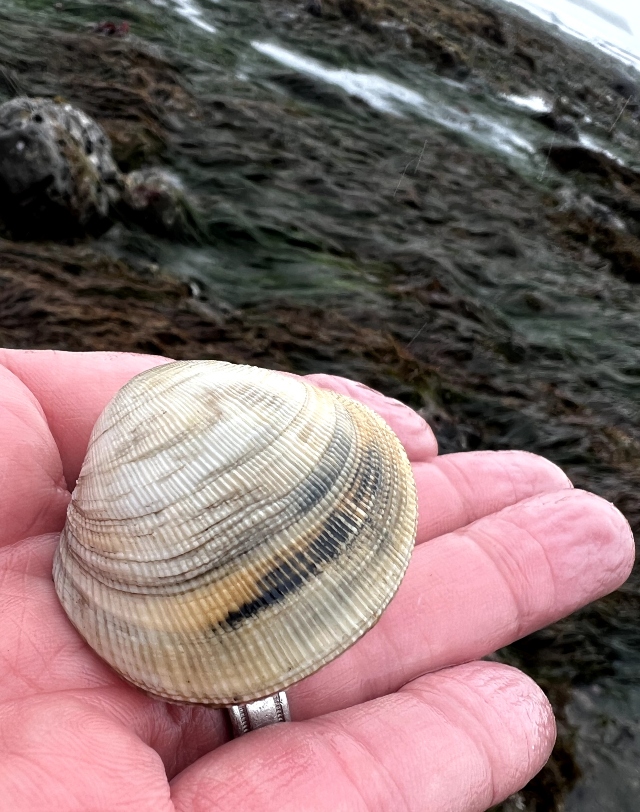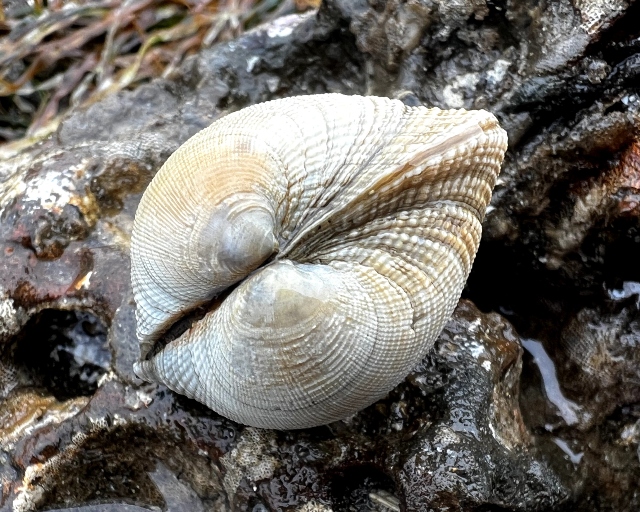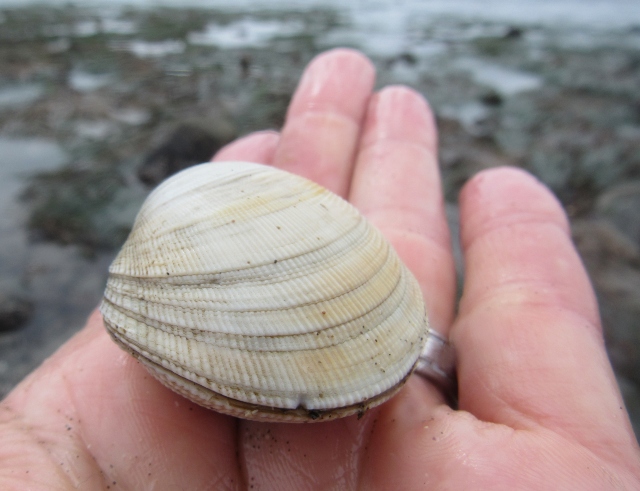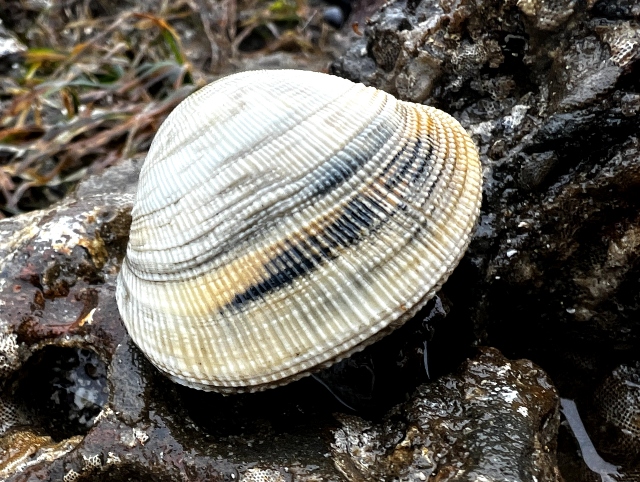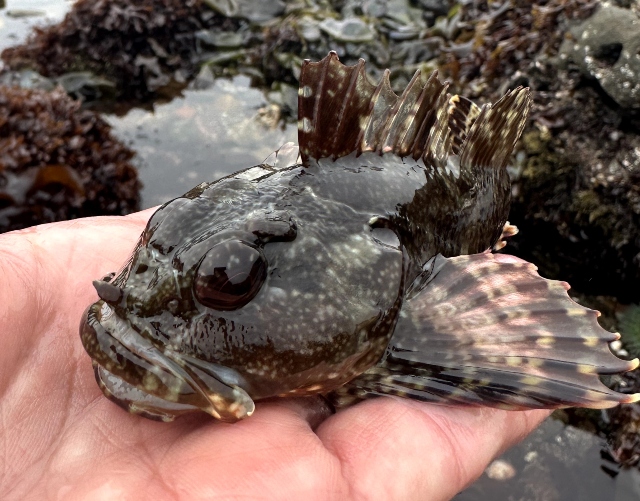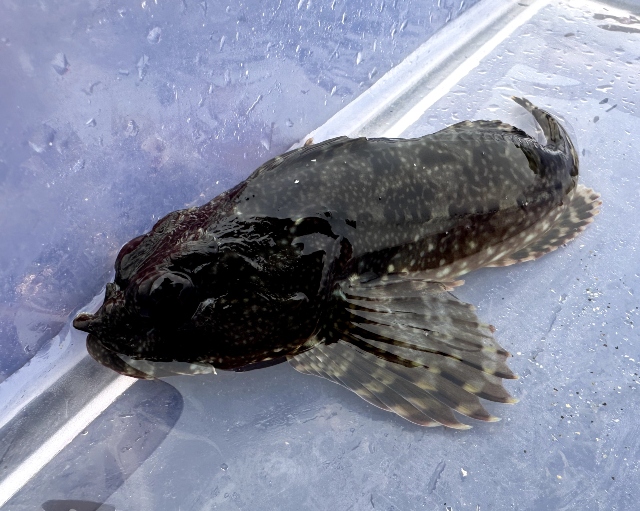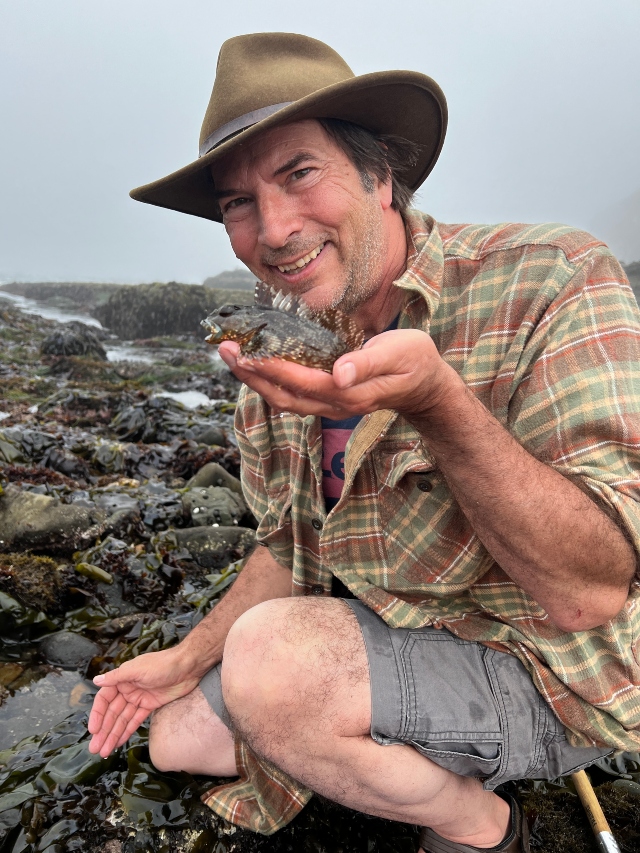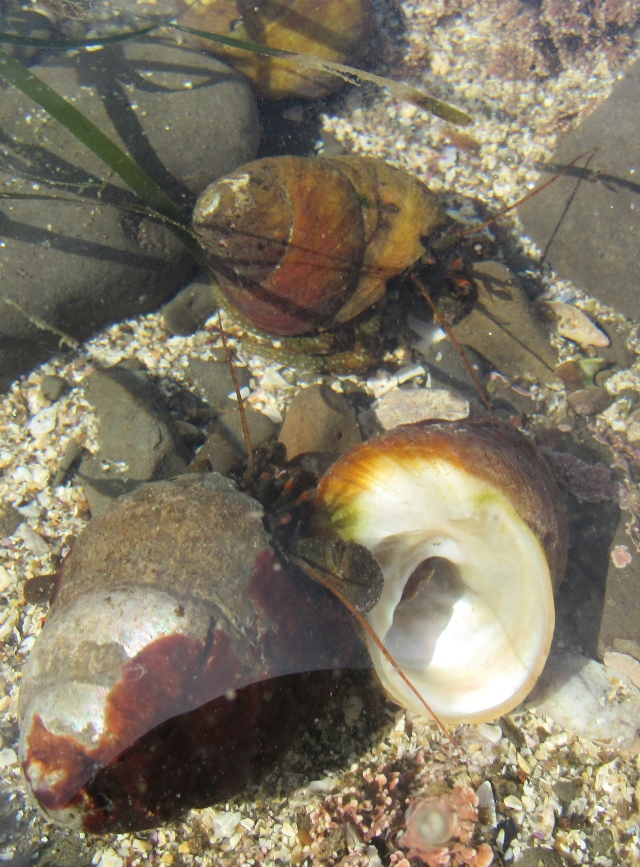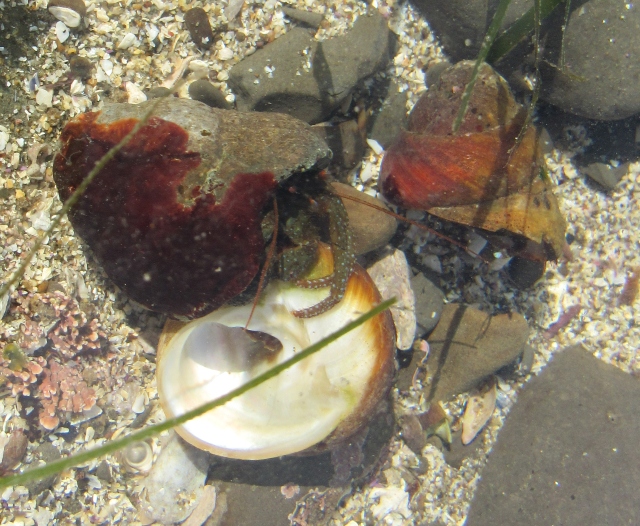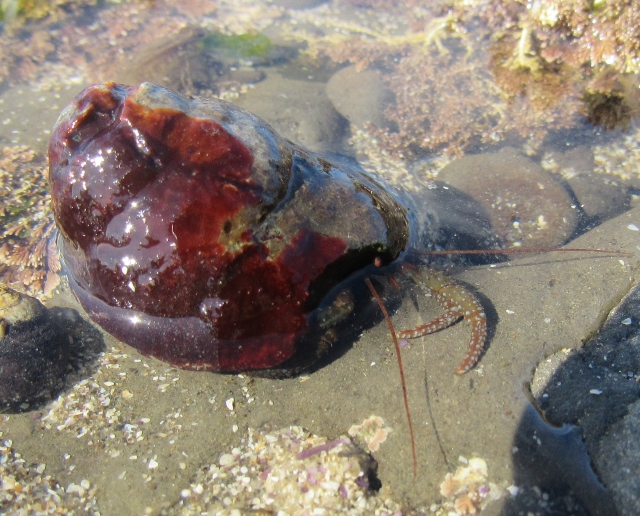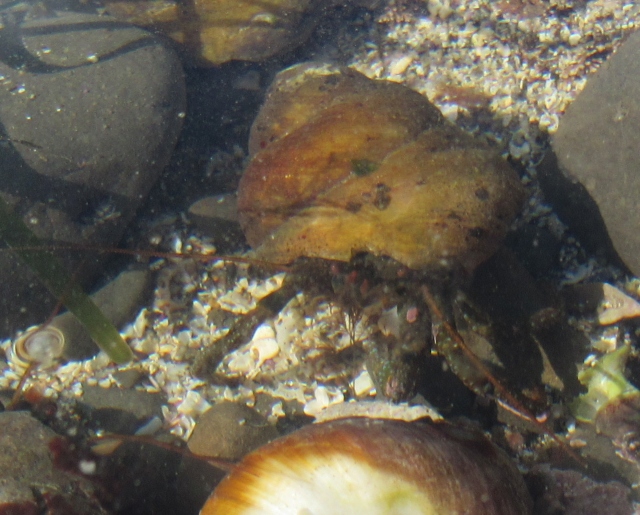While visiting California, I saw several examples of this conspicuous bird in different counties. The Western Gull is the only gull nesting along most of the Pacific Coast from Washington to Baja.
This is a large (24 to 27 inches), stocky bird with a stout bill. Adults have rather dark gray upperparts and bright pink legs. Both sexes have the same type of plumage, but the male is larger than the female.
Western Gulls are found mostly near the coast and also found regularly offshore. They are not typically found far inland. Many types of habitats are used, including estuaries, beaches, fields, garbage dumps, and city waterfronts.
Like most gulls, the Western Gull is an opportunistic feeder, capturing its own prey, scavenging trash, or stealing food from seals and other gulls. Sometimes they even steal milk from mother seals while they’re asleep.
These birds nest in colonies on islands, offshore rocks, and abandoned piers. Their colonies are often located near nesting seabirds or Sea Lions. Western Gulls build their nests on the ground, and the pair often starts as many as three nests, and then chooses one to finish and use.
Like many other gull species, they drop hard-shelled items from the air to break them on hard surfaces. They are also often seen following fishing boats and feeding on scraps thrown overboard by fish cleaners. The intelligence and resourcefulness of Western Gulls is rather impressive.


